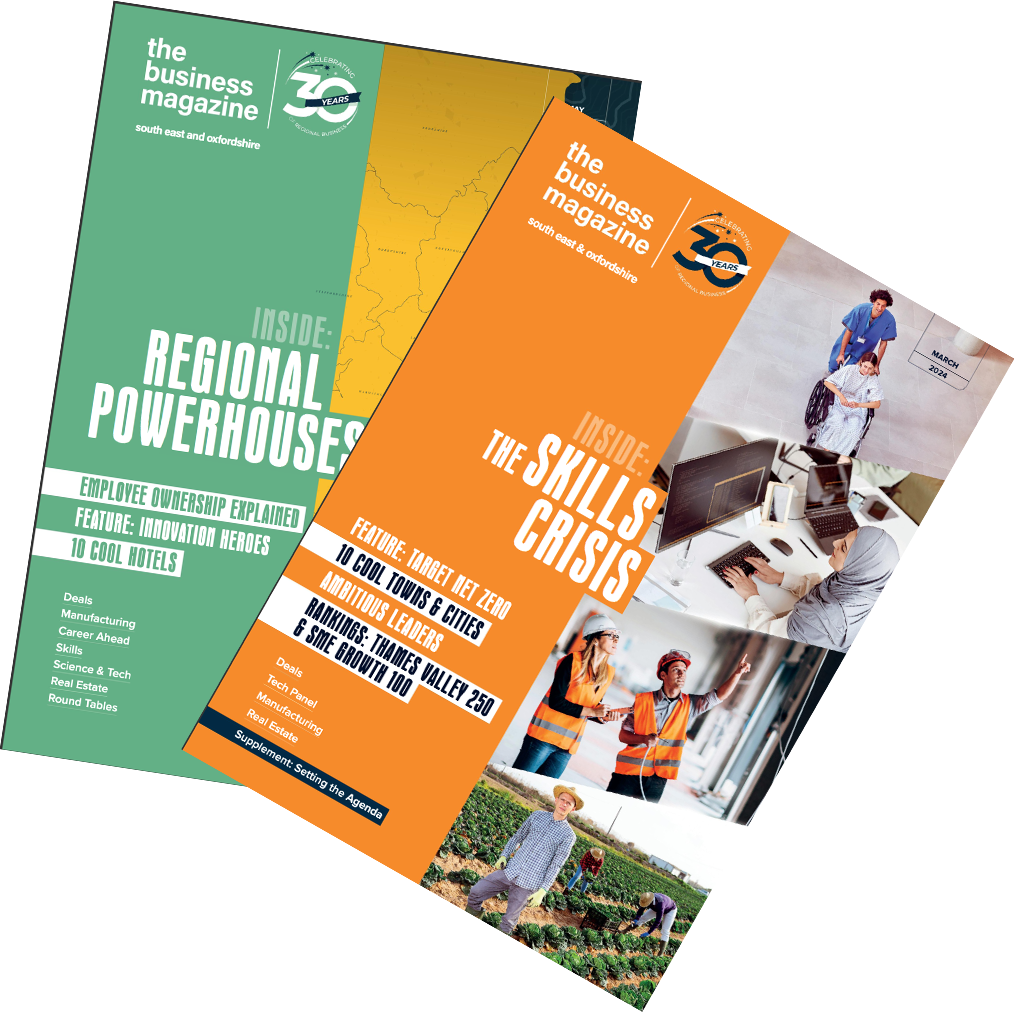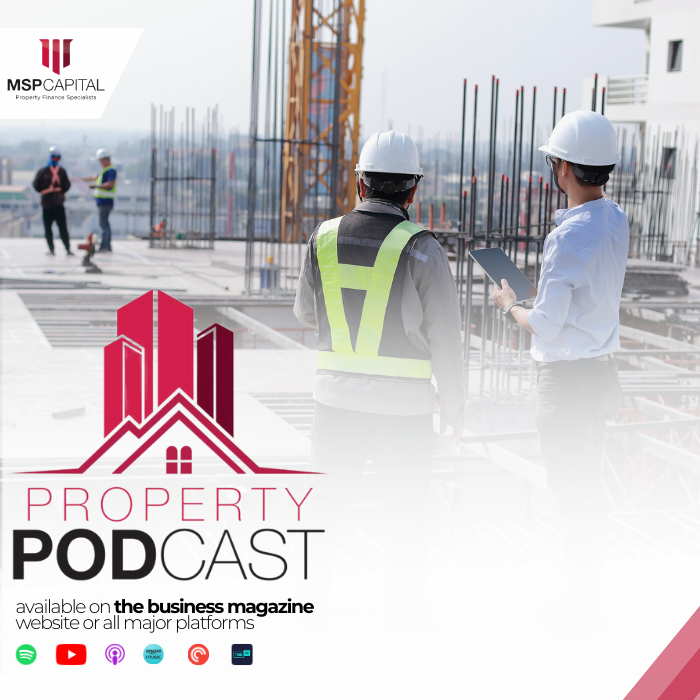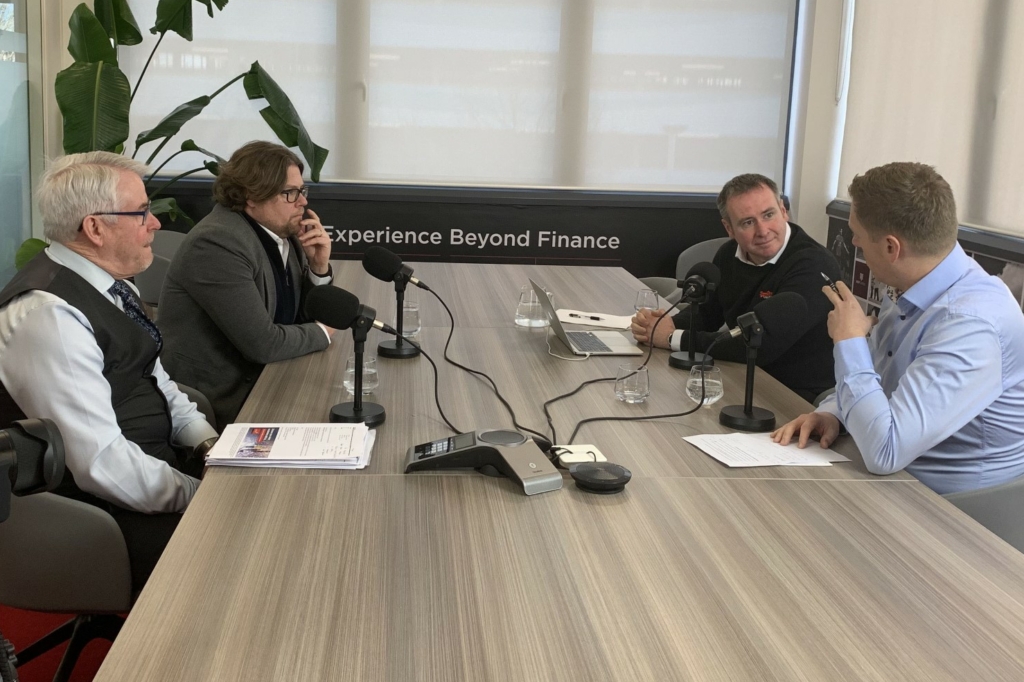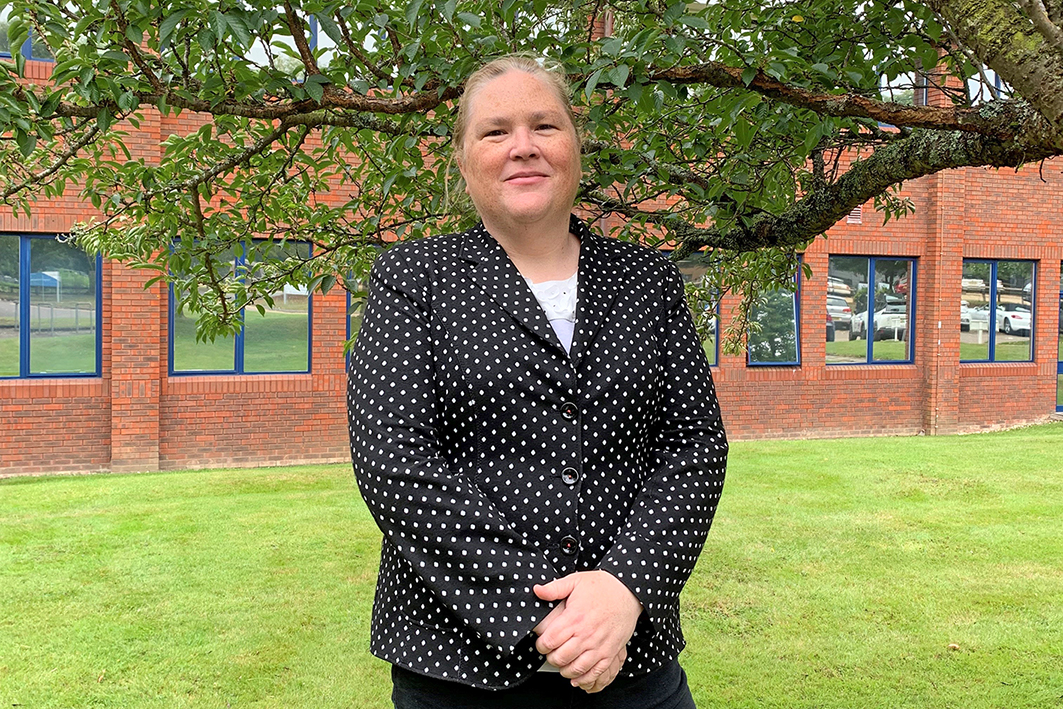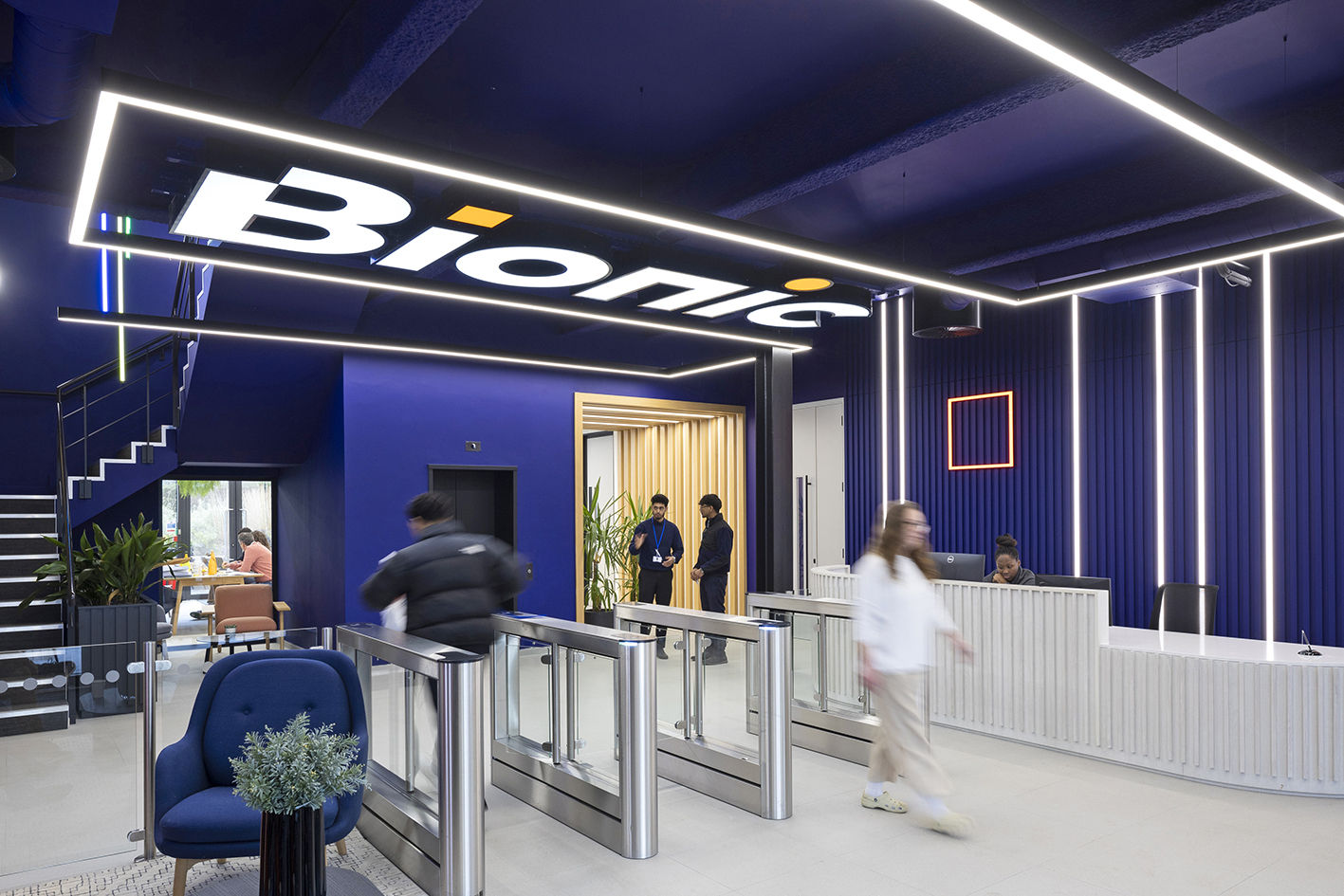Evidence-based office design – Addressing the challenges of rural workplaces
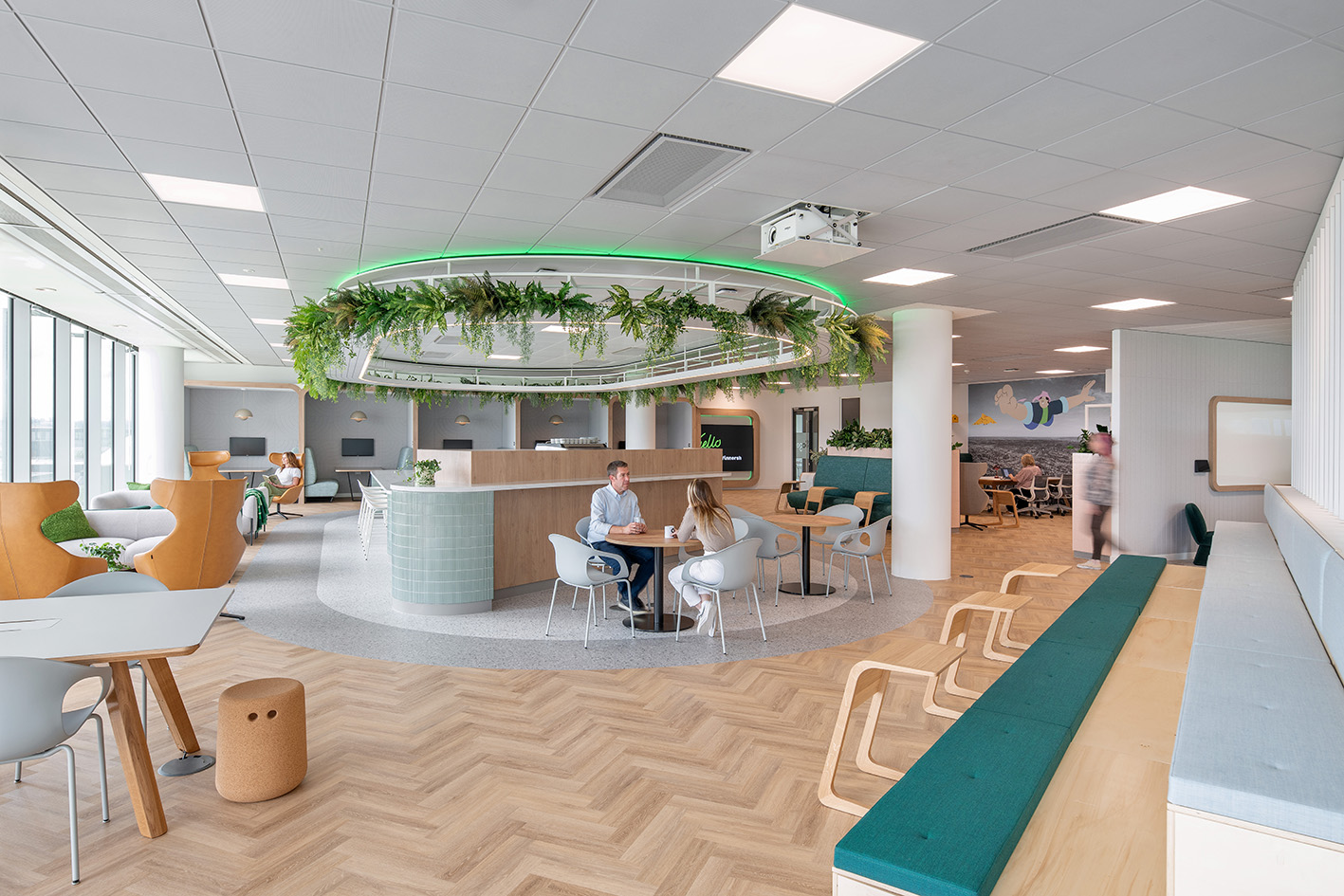
Often overlooked by big players in larger towns and cities, rural offices present their own unique challenges to employers trying to attract top talent. With environmental factors, transport links and standing out against urban competition being some of the most prominent concerns, how can creatives identify the specialised requirements of countryside spaces and embed them into functional and engaging workplace designs? The answer: evidence-based office design.
What is evidence-based office design?
Great office design is increasingly seen as a competitive advantage in the war for attracting talent, but the benefits should also extend to helping a business’s employees work more efficiently and collaboratively.
Evidence-based office design in the workplace involves gathering factual data through observation – such as how long employees work in certain spaces – surveys and workshops. This data helps shape design decisions, ultimately aligning a workplace with the genuine needs and desires of a business.
A search for truth
A well-designed office considers how people interact both socially and professionally, how people spend their time, and the types of spaces required. It emphasises the importance of relying on hard evidence rather than assumptions, as individual perspectives on the needs of the business may vastly differ from reality.
In doing so, a desire for more meeting spaces might actually be a need for more spaces where small groups can chat in a cosy breakout space. Or, maybe there’s plenty of big meeting rooms but only a few people use them at time, so the space needs to be reallocated more evenly.
Data gathering for workplace design doesn’t have to be impersonal. Holding focus groups and workshops are a great and informal way to gain insight into how people work and their requirements for a workspace.
In terms of rural offices, a common topic is sustainability requirements, with environmental efforts spanning far beyond those of typical urban offices. In addition to the coveted BREEAM or SKA ratings, employers must consider how the office will directly affect the local area, including neighbouring wildlife. Efforts are then taken to minimise disruption before, during and after the fit out process, as well as enhancing the benefi ts such as maximising natural light and ventilation.
By examining different teams or ‘neighbourhoods’ within a business, it’s possible to understand the various types of spaces required and how they can positively impact work habits, as well as overcoming potential challenges. For example, rural offices often lack local amenities compared to their urban counterparts. Whether it’s popping to the shop on your lunch break, grabbing a coffee in that quirky spot on the high-street, or fitting in a midday workout at a nearby gym, amenities in towns and cities can be hard for rural offices to compete with. In this case, creatives can incorporate high-quality amenities into their designs, providing state-of-the-art café areas, gyms, and wellbeing spaces all under one roof. Having these facilities not only meets the evidenced requirements of employees, but also encourages hybrid workers to make more frequent use of the office.
Evolving ideas
After gathering evidence, the data needs to be analysed and interpreted. If only 60% of desks are occupied at any given time, where are people spending the rest of their time? This helps identify spaces to consider in the redesign.
For example, you might see rural offices feeling disconnected due to the combination of minimal transport links, hybrid working, and having clients based in bigger towns and cities. It’s not only the physical disconnect at play here, as having a large portion of correspondence on Teams calls can majorly impact the social connection between employees and with potential clients, especially if the technology isn’t up to scratch.
These findings are then shared with designers to help the decision-making process. Poor internet connection is not uncommon in rural areas, so if a company is moving into a new space, it’s important to first ensure that it has the capabilities to facilitate a company that heavily relies on online correspondence. Once this initial hurdle is addressed, designers can ensure that meeting rooms are optimised for Teams calls, using the latest technology and effective acoustics to improve productivity and privacy. Additionally, a focus on collaborative areas will provide space for employees to brainstorm and work together in person, and flexible breakout areas and kitchen space can become social hubs to foster a sense of community.
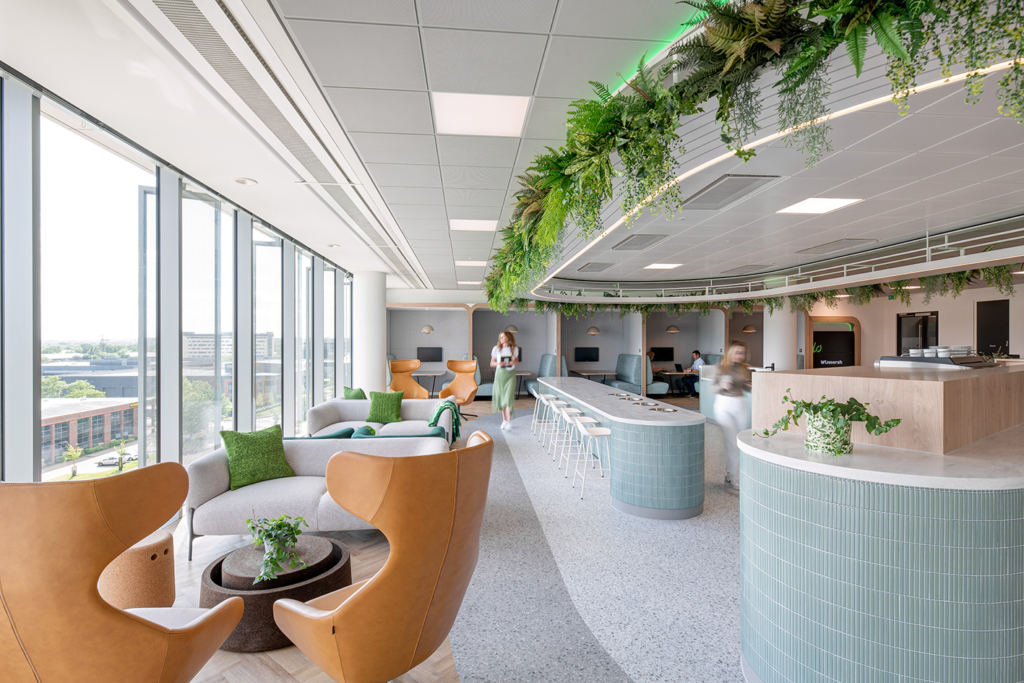
Great design is often subjective – not everyone likes the same colours or finishes – but evidence-based design means that any changes can be backed up with conclusive data. The real beauty of evidence-based office design is the collaborative effort, ensuring that the data gathering process gives everyone the opportunity to contribute ideas and share experiences. It’s important to have these discussions with a varied pool of employees, as priorities will differ across the business.
With many people looking for jobs in conveniently located towns and cities, HR teams based in the countryside are keen to incorporate ways to attain and retain talent through their new space. When interviewing new staff, the office will leave one of the strongest fi rst impressions that new recruits will have of a company – so it needs to be memorable. Evidence-based office design can be used to seamlessly reflect company culture throughout the space, giving clues to potential employees about what it’s like to work there and standing out against possible competitors.
Additionally, retaining said talent can pose a similar challenge, as the temptation of a flashy new office in London might be enough to sway an employee into moving on. A destination workplace that takes into consideration the bespoke wants and needs of staff, includes excellent amenities and flawless design features is the key to keeping employees engaged, productive, and maintaining high levels of job satisfaction.
A matter of fact
Alongside stunning views, fresh countryside air and tranquil peace and quiet, rural offices, by their very nature, have their distinct challenges. With each location and company bringing their own unique set of requirements, an evidence-based office design approach ensures a purpose-built space that truly ticks all the boxes, grounded in facts.
From initial observations and surveys to design workshops that provide decision makers with the chance to visualise their ideas, the reliance upon facts rather than assumptions ensures the delivery of a well-informed, bespoke design, every time.

